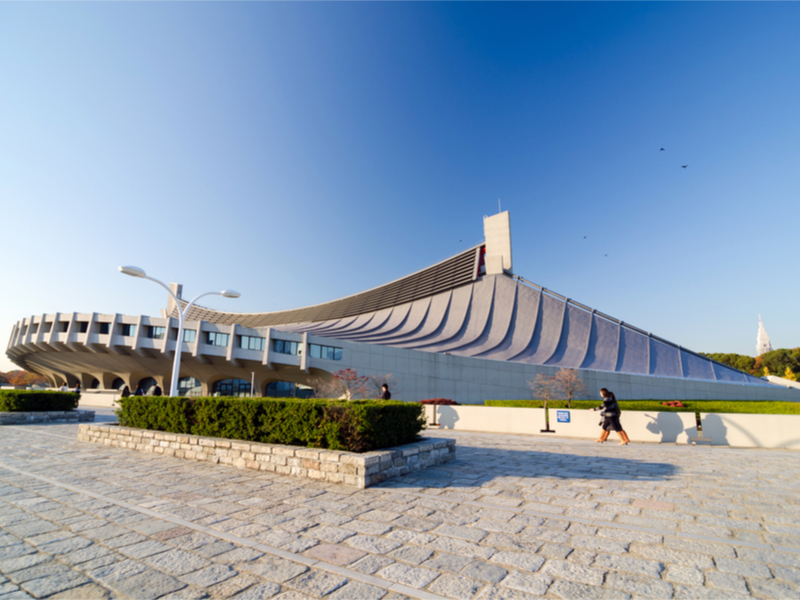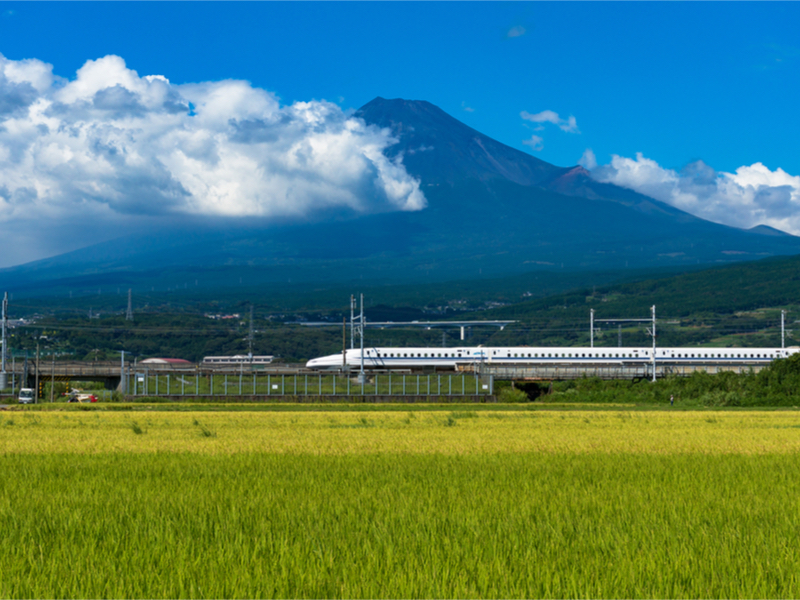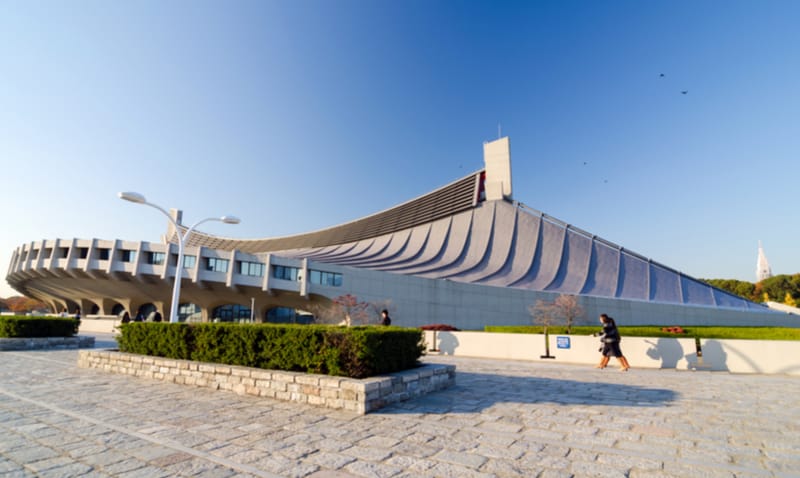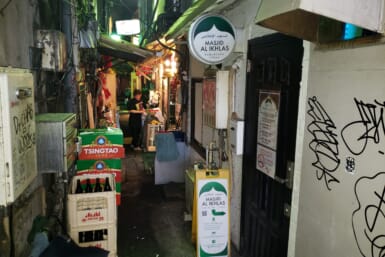As the Summer Olympic Games draw closer, we’re kicking off our monthly “Tokyo 2020 Watch” series. First up, we travel in time to explore iconic venues in 1964 and 2020.
The Venues
Tokyo 2020 is about honoring the Tokyo 1964 legacy while simultaneously looking to the future. This is represented in the two operational zones: the Heritage Zone (featuring several iconic venues used at Tokyo 1964) and the Tokyo Bay Zone (an urban development area showing how the city has grown since then). The two zones create an infinity symbol across the city – The Athletes’ Village is the center point where the two zones meet.
1964
Total venues used: 33
Out of those, 6 were already built before Tokyo tried to get the Olympics, 13 were new for the Olympics, 5 were reconstructed or renovated, and 8 were temporary.
2020
42 venues in total (including venues not in Tokyo), 8 new venues, 10 temporary venues, 24 already built – at least 5 of those are legacy venues from 1964. The new Olympic Stadium will replace the National Stadium, which was used for the 1964 opening and closing ceremonies, and has now been demolished.
VENUES USED IN BOTH 1964 AND 2020:
Yoyogi National Gymnasium, Nippon Budokan, Equestrian Park, Tokyo Metropolitan Gymnasium, Enoshima Yacht Harbor

Yoyogi National Gymnasium
The Designers
1964
Kenzo Tange designed the Yoyogi National Gymnasium, which is still in use today and is an iconic piece of architecture in Tokyo, uses a combination of western modernist aesthetics and traditional Japanese architecture.
2020
Kengo Kuma designed the controversial Olympic Stadium, using wood to make the architecture part of the landscape and return to Tokyo’s wooden roots.
The Infrastructure
The Olympics are a driving force of infrastructure and urban development.
1964
Mainly focused on construction of the Metropolitan Expressway and the Tokaido Shinkansen.
2020
Now that Tokyo is a modern and mature city, construction is primarily about new venues as the city’s infrastructure is one of the best in the world.

Tokaido Shinkansen
The Sustainability
The Olympic Games are focusing more on sustainability with each event
1964
Focused primarily on growth and infrastructure improvements. Though some of the original Olympic venues remain, most have been destroyed or repurposed.
2020
The Tokyo 2020 Olympic and Paralympic Games sustainability plan includes Tokyo 2020’s stated vision: to address “the growing global focus on sustainability” by hosting the greenest games yet. There are plans in place to source sustainable timber for the Olympic Stadium and other venues.
Introducing GL Events for a Sustainable Tokyo 2020
Construction on new venues is busily under way and organization efforts are hard at work, all in preparation for the thrill and elation that the Olympic Games will bring to Tokyo, and to Japan. It’s a chance for Japan to show the world how far it has come since the last Olympics, and an even better opportunity for countries and companies looking to get in on the action to establish country houses and showcase pavilions, all shining a light on their most impressive products.
In the months to come, GL events, a worldwide leader in managing, building, and running events, will be offering a full array of support solutions for national and corporate pavilions – from planning and production to facility management and PR – that will be on display during Tokyo 2020. The global events powerhouse has a cutting edge understanding of every aspect of event organization. Since their founding in 1978, they have put on more than 4,700 events, including working on the Rio de Janeiro and London Olympic Games.
Despite their massive scale, they also manage to maintain a high level of corporate social responsibility, taking into consideration the environment, the happiness of their employees, and the communities where they execute their events.
For more information, visit www.gl-events.com/homepage. To get in touch with GL events, email [email protected]
Sponsored Post









